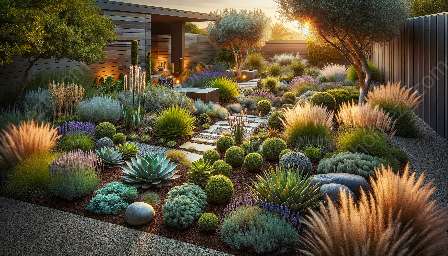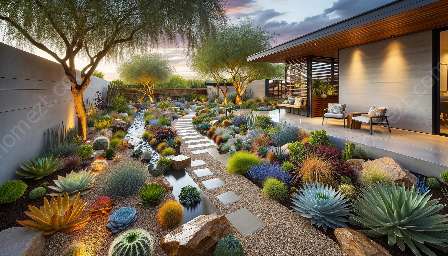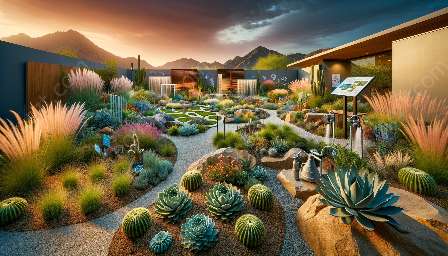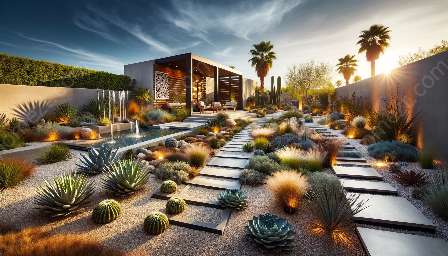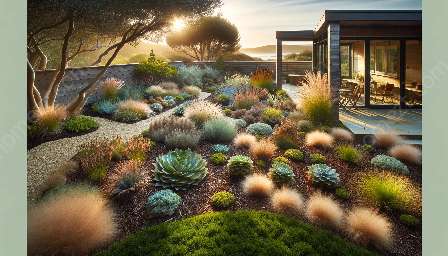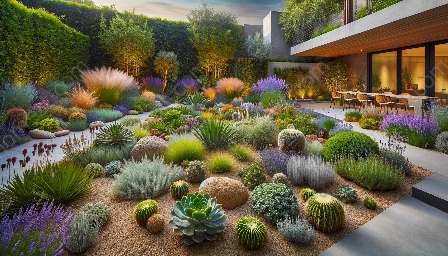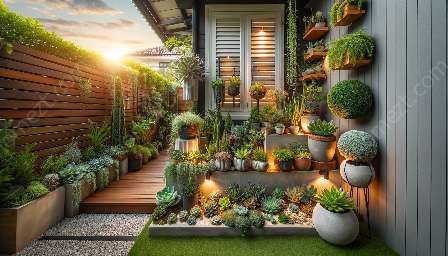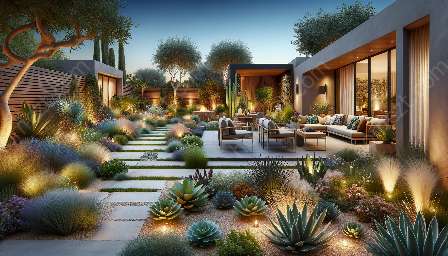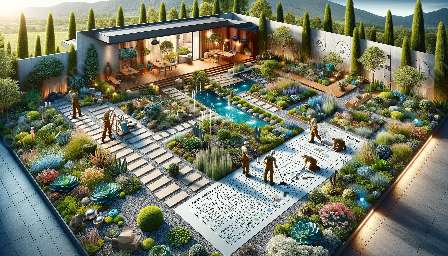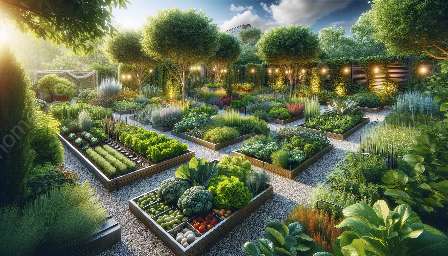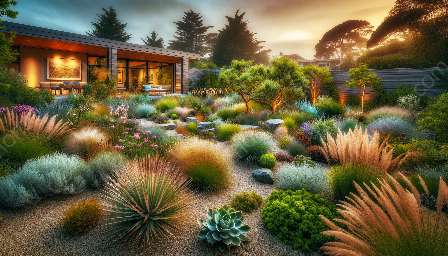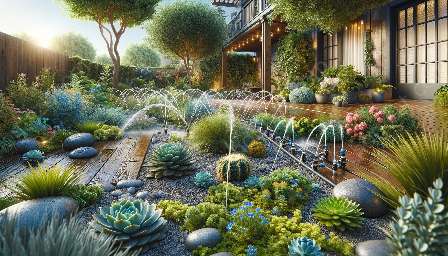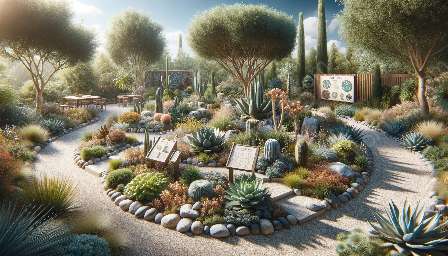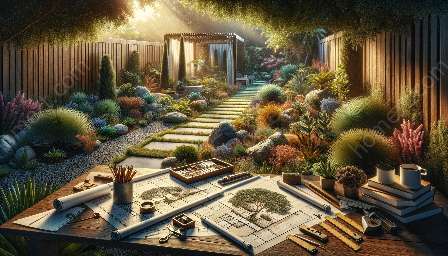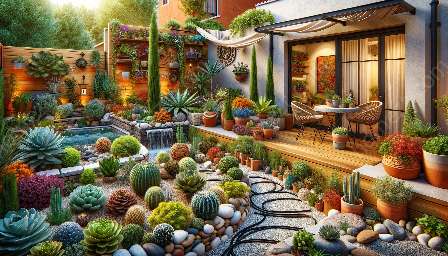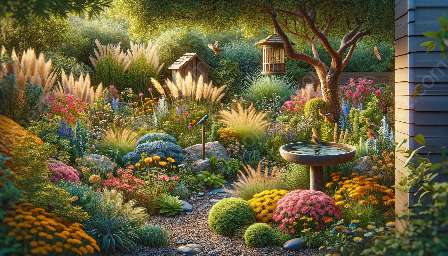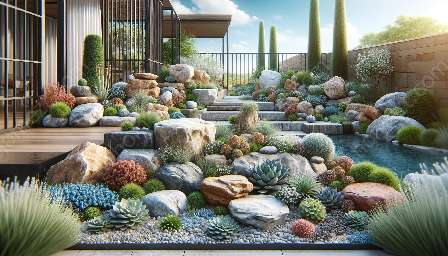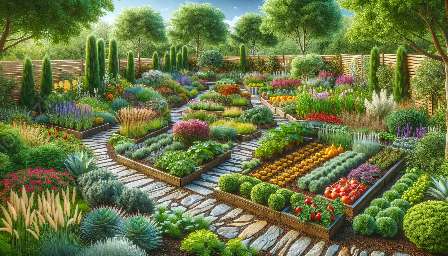Xeriscape design offers a sustainable and water-wise approach to landscaping, emphasizing the use of drought-tolerant plants and efficient water management. This design concept can be especially beneficial for small spaces, where a thoughtful approach is essential to maximize aesthetics and functionality while conserving resources. In this guide, we will explore the principles of xeriscape design for small spaces, including plant selection, layout, and maintenance, and how it is compatible with gardening. Let's dive into the world of xeriscaping and discover how it can transform your small outdoor area into a stunning, eco-friendly oasis.
Understanding Xeriscaping
Xeriscaping is a landscaping technique that originated in arid regions and has gained popularity worldwide due to its environmental benefits. The term 'xeriscape' is derived from the Greek word 'xeros,' which means dry, and 'scape,' referring to a view or scene. At its core, xeriscape design aims to create beautiful outdoor spaces with minimal water requirements, making it a perfect fit for small urban areas where water conservation is crucial.
Principles of Xeriscape Design
Xeriscape design is guided by seven fundamental principles:
- Planning and Design: Assess the small space to be landscaped and identify the area's unique characteristics, such as sun exposure, soil type, and drainage. Envision the desired layout, considering the balance between hardscaping and plantings.
- Soil Improvement: Prepare the soil by incorporating organic matter to enhance its water retention and nutrient-holding capacity, promoting healthier plant growth.
- Efficient Irrigation: Implement water-efficient irrigation systems, such as drip irrigation or soaker hoses, to deliver water directly to the root zone of plants, minimizing evaporation and runoff.
- Appropriate Plant Selection: Choose drought-tolerant plants native to the region or those adapted to local climate conditions. Select a variety of plants with different textures, colors, and seasonal interests for visual appeal.
- Mulching: Apply mulch to the soil surface to reduce evaporation, suppress weed growth, and insulate roots, maintaining soil moisture levels and discouraging the need for frequent watering.
- Watering Efficiently: Schedule watering based on the specific needs of plants, adjusting frequency and duration according to weather patterns and seasonal changes.
- Maintenance: Regularly maintain the xeriscape to ensure optimal plant health, cleanliness, and efficient water use. This includes pruning, weeding, and monitoring irrigation systems.
Xeriscape Design for Small Spaces
Transforming a small outdoor area into a xeriscape oasis involves careful planning and creative design. Here are some key considerations and strategies for implementing xeriscape design in small spaces:
1. Assessing the Space
Begin by evaluating the small space to be xeriscaped, taking note of its dimensions, microclimates, and existing features. Identify areas with varying sun exposure, shade patterns, and natural barriers that can influence plant selection and layout.
2. Utilizing Vertical Space
Maximize the use of vertical space to expand planting areas in small gardens. Incorporate trellises, hanging planters, and climbing plants to create vertical interest and diversify the plant palette.
3. Selecting Drought-Tolerant Plants
Choose a mix of drought-tolerant plants that are well-suited for small spaces, such as ornamental grasses, succulents, native shrubs, and low-growing perennials. Emphasize plants with varying heights, textures, and bloom periods to create visual appeal throughout the year.
4. Creating Functional Zones
Organize the small space into functional zones, such as seating areas, container gardens, and pathways, while integrating xeriscape elements seamlessly. Utilize container gardening to introduce additional plant diversity and flexibility in small spaces.
5. Hardscaping Elements
Incorporate hardscaping elements, such as gravel paths, permeable paving, and decorative rocks, to add texture and contrast to the xeriscape design. These features can also aid in water infiltration and reduce the overall water demand of the landscape.
6. Smart Irrigation Solutions
Install water-efficient irrigation systems, such as drip emitters or micro-sprinklers, to deliver water precisely where it is needed, reducing water waste and promoting plant health in confined spaces.
7. Enhancing Biodiversity
Encourage biodiversity by incorporating elements that attract beneficial insects, birds, and other wildlife, contributing to the ecological balance and overall resilience of the small xeriscape ecosystem.
Compatibility with Gardening
Xeriscape design is compatible with gardening, as it promotes the cultivation of water-wise plants and encourages environmentally conscious practices. In small spaces, xeriscaping can be seamlessly integrated with gardening by incorporating raised beds, container gardening, and vertical plantings, offering opportunities for growing vegetables, herbs, and ornamental plants in harmony with the overall xeriscape design.
Conclusion
Embracing xeriscape design in small spaces presents an opportunity to create visually captivating and environmentally sustainable landscapes. Through thoughtful planning, plant selection, and efficient water management, small urban areas can be transformed into lush, vibrant retreats that require minimal maintenance and water input. By understanding the principles of xeriscape design and its compatibility with gardening, individuals can embark on a rewarding journey to enhance their small outdoor spaces while advocating for responsible water conservation and ecological stewardship.

